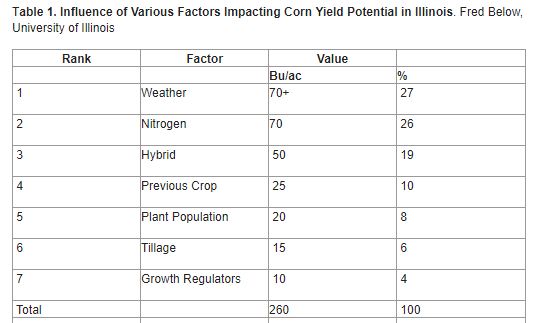By: THE OMAFRA FIELD CROP TEAM
April exits without a single day over 20°C and wet conditions that mostly prevented wheels from turning in the fields. We enter May with good temperatures and lots of pent up energy to get on the land.
April 30th marks the day the “Starters Pistol Cracked” and the Mad Dash has begun to get all the 2018 spring cropping operations done. There is a lot to do, but working safely should be the top priority.
The compressed planting season perception is leading people to make changes to the detailed crop plans made over the winter months. Where changes are made, it’s important to keep your input suppliers and other advisors “in the know” so that no one gets any unwanted surprises.
Wheat:
Winter wheat has changed tremendously in the last few days, both in colour and size. There is still some concern with fields that were planted late and are on tougher ground. These fields are the ones that need monitoring and an application of nitrogen to kick them into gear. Many of the winter wheat fields in Eastern Ontario experienced delayed planting last fall because of the extended wet conditions. Some of these fields suffered from shallow planting which prevented good seed positioning for optimal survival. Wheat should be planted 1.5-2” deep. If stands are unacceptable or winter kill is excessive, growers may decide to change crops
The percentage of wheat fields receiving an application of N is approximately 70% as of May 2nd to the west of the GTA and less to the east. The tighter window for getting equipment in the field means people are favouring more single pass N applications. If you are targeting protein premiums, split applications may be important to keep in the plan.
With the cool spring so far, the transformation of soil sulphur is slower so symptoms might be evident where no sulphur is added to the N application. There appears to be more need for adding sulphur in fertilizer plans because of less being delivered through atmospheric deposition. Watch these fields and react as necessary.
With the previous cool conditions and subsequent rapid growth this week, scouting to determine the need for weed control is recommended. Fields that got fall weed control appear to be in good shape while winter annuals are showing in untreated fields. Controlling weeds with spring herbicide applications generally does not result in yield gains but does make for a cleaner field, leading to an easier harvest and cleaner straw. Low weed densities are often shaded out by a dense lush stand of wheat.
While some wheat in the far southwest is up to the first node stage (Z33), the majority of the early planted wheat is in the tillering stage (Z22-24). Timing is critical to growth stage for many cereal protection products and other management applications. Stay on top of your crop development.
Spring Cereals:
Planting has been delayed by the cool wet April but is underway.
Forages:
The growth in forage fields has just started this week so we are still waiting on how well the stands withstood the winter. The warmer weather has started to green up these fields and it’s important to assess their condition soon. Stem counts should be done when there is 6-8 inches of growth; this will help estimate yield potential. If less than 40 stems/square foot the stand is questionable. Where fungicide is planned pre-first cut, the timing for most is this week to address the days to harvest restrictions.
Corn:
Some growers have already been talking about changing hybrids. Unless you were really pushing the window on maturity in your pre-season selections, the general recommendation is to stay with an adapted hybrid until May 15-20th in shorter heat unit areas of the province (<2,800 CHU), to the end of May in the longest heat unit areas (>3,200 CHU) (Pub 811, Agronomy Guide for Field Crops; http://bit.ly/OMAFRA_Pub811 ). Two key pieces for ensuring the corn crop gets off to a good start are planting into “fit soil” and ensuring a proper and consistent planting depth into moisture. A good starting target is 1.5 – 2 inches. One inch is often too shallow. Uniform planting depth into moisture ensures uniform emergence which makes for more uniform growth staging throughout the season. The correct depth ensures plants are well anchored and located for rapid, uniform emergence and season long standability. Unless planters are equipped with down pressure control systems (and even if), check the seeding depth often. Changing field conditions will impact planting depth, including moisture, texture and residue. These changes can be experienced within and between fields.
Remember that yield is made up of more than just planting date. Work by Dr. Fred Below at the University of Illinois has reported that the contributions

Source: Crop Physiology
Rob Neilson from Purdue University has an excellent article on the “The Planting Date Conundrum for Corn”. This gives all the facts about planting against the calendar vs the field conditions (http://Bit.ly/2IC6Mqo ). You only have one chance per year to seed that acre. Make sure you give the crop the starting advantage of excellent seeding conditions.
Source : Field Crop News